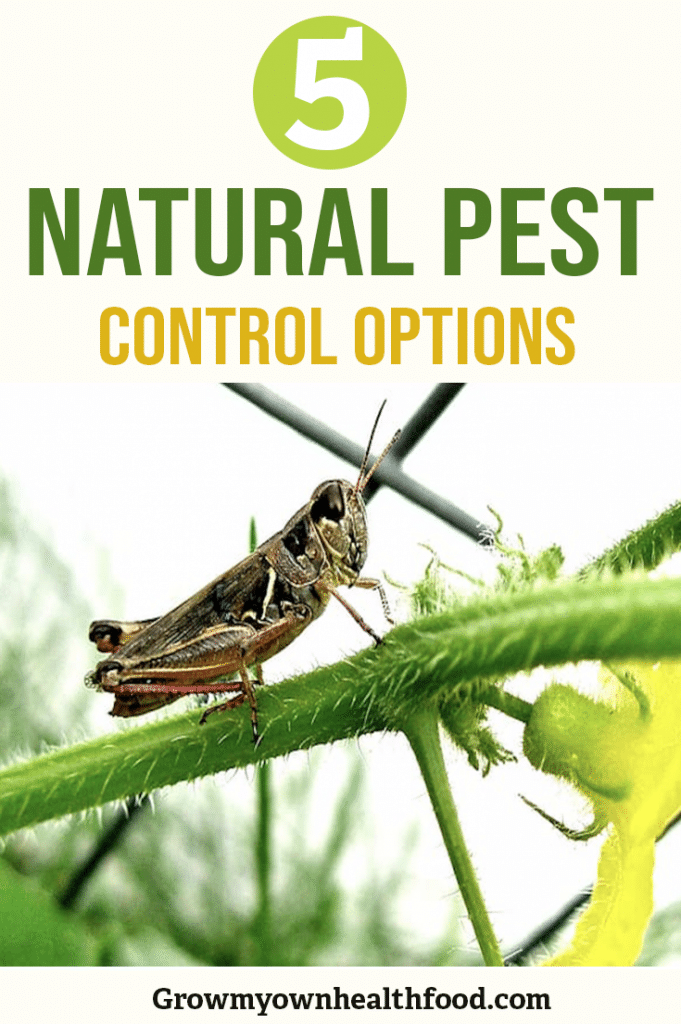Natural pest control methods on the homestead:
Living on a homestead comes with many benefits, including self-sufficiency and a closer connection to nature. However, one challenge that homesteaders often face is dealing with pests. While some pests can be detrimental to crops and livestock, it’s important to find environmentally friendly solutions that prioritize the health of your plants, animals, and the ecosystem as a whole. In this article, we will explore natural pest control methods that can help you maintain a healthy balance on your homestead.
1. Companion planting:
Companion planting involves strategically placing certain plants together to deter pests or attract beneficial insects. For instance, marigolds are known for repelling nematodes when planted near vegetables like tomatoes or potatoes. Similarly, planting mint near cabbage can deter cabbage moths. Research which plants complement each other and incorporate them into your garden layout.
2. Biological controls:
Introducing natural predators or parasites into your ecosystem can help keep pests in check organically. Ladybugs feed on aphids while lacewings prey on caterpillars and mites. You can purchase these beneficial insects from specialized suppliers who rear them specifically for biological pest control purposes.
3. Homemade insecticides:
Creating homemade insecticides using household ingredients is an effective way to tackle pests without relying on harmful chemicals. For example, you can make a simple spray by mixing dish soap with water and spraying it directly onto soft-bodied insects like aphids or spider mites.
4. Physical barriers:
Installing physical barriers around vulnerable areas can prevent pests from gaining access to your crops or livestock pens. Fencing is an excellent method for keeping out larger animals such as deer or rabbits, while row covers protect against flying insects like mosquitoes or beetles.
5.Crop rotation:
Crop rotation is not only beneficial for soil health but also helps in managing pest populations effectively.
By rotating crops in different areas each year, you break up the pest’s lifecycle and make it more challenging for them to establish themselves. This method also helps prevent the build-up of soil-borne diseases.
6. Neem oil:
Derived from the neem tree, neem oil is a natural pesticide that can be used on various pests, including insects and fungi. It disrupts their hormonal balance, making it difficult for them to reproduce or feed. Dilute neem oil with water and apply it as a spray on affected plants.
7. Beneficial nematodes:
Nematodes are microscopic organisms that can help control soil-dwelling pests like grubs or root maggots. Purchase beneficial nematodes from a reputable supplier and apply them to your garden according to the instructions provided.
8. Traps and baits:
Using traps or baits is an effective way to lure pests away from your crops or livestock areas without harming them directly.
For example, fruit fly traps filled with apple cider vinegar will attract and trap these pesky insects, preventing damage to fruits in your orchard.
9. Weed management:
Weeds not only compete with your crops for nutrients but also provide hiding places for pests.
Regular weeding helps minimize pest populations by reducing their habitat and food sources.
10. Integrated Pest Management (IPM):
Implementing an Integrated Pest Management system combines multiple strategies mentioned above while considering the specific needs of your homestead.
By regularly monitoring pest populations, employing preventative measures, utilizing natural controls when necessary, you can maintain a healthy ecosystem without relying heavily on chemical pesticides.
Remember that maintaining biodiversity is crucial in any natural pest control approach as it encourages a balanced ecosystem where predators naturally keep pest populations under control. By implementing these methods on your homestead, you can effectively manage pests while ensuring the health of your plants, animals, and environment as a whole


Leave a comment